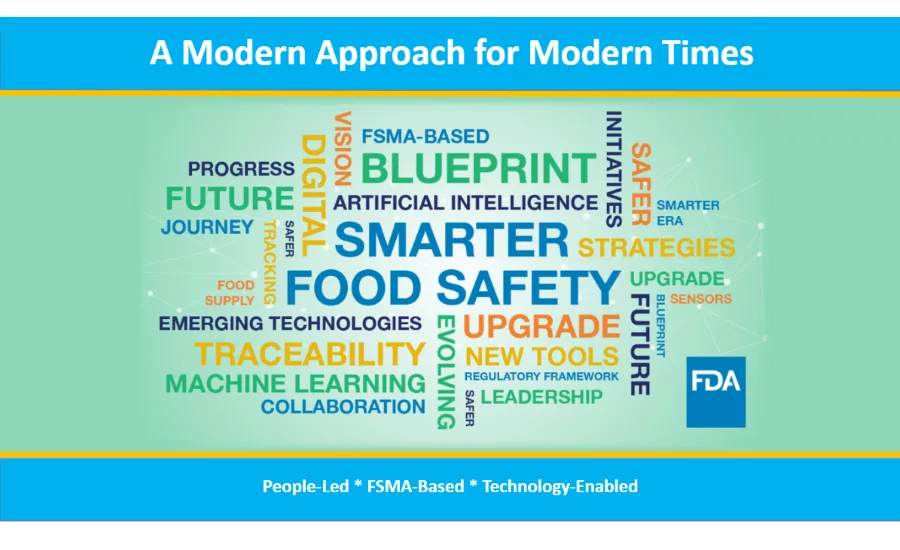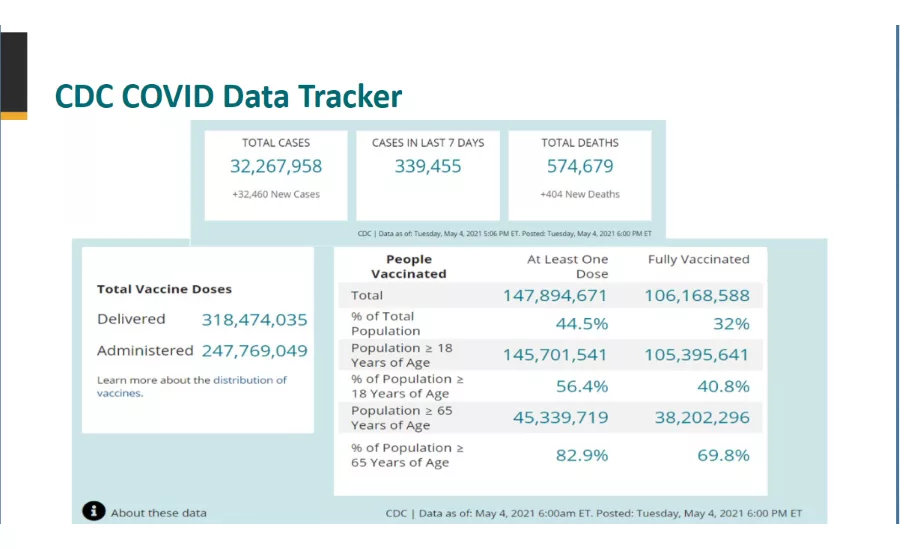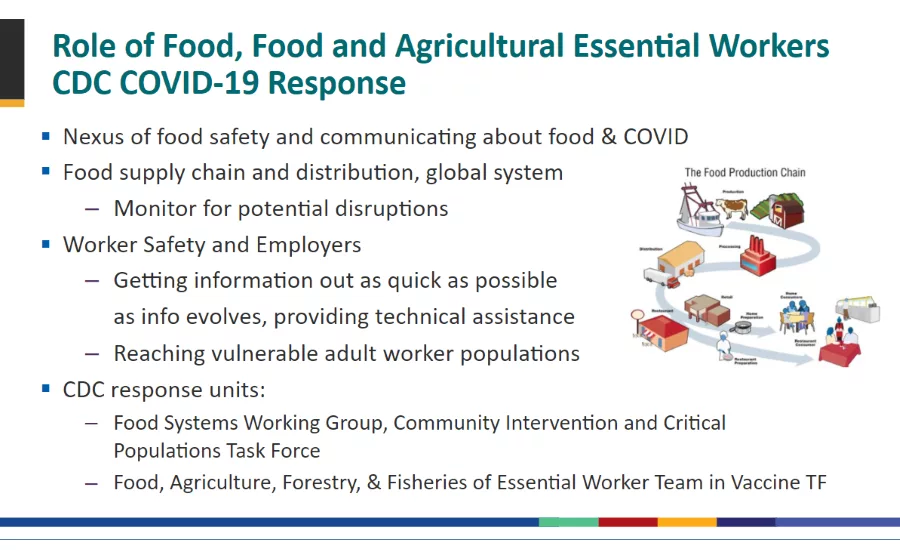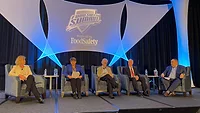2021 Virtual Food Safety Summit Town Hall: Q&A with Top Regulators





The 2021 Virtual Food Safety Summit continued at 10 a.m. CDT on May 12, 2021 with its annual Town Hall. Speakers included Steven Mandernach, J.D., executive director, Association of Food and Drug Officials; Robert Tauxe, director of the Division of Foodborne, Waterborne, and Environmental Diseases, U.S. Centers for Disease Control and Prevention (CDC); Frank Yiannas, deputy commissioner for food policy and response, U.S. Food and Drug Administration (FDA); Sherri McGarry, M.S., senior health scientist, food safety office, CDC; and Sandra Eskin, deputy under secretary, U.S. Department of Agriculture (USDA) Office of Food Safety. The session was moderated by Gary Ades, Ph.D., G&L Consulting Group and chair of the Food Safety Summit’s Educational Advisory Board.
McGarry opened the webinar with some statistics on COVID-19 case reports and vaccination data. She reiterated what has been said in past Summit sessions, that there is no evidence of COVID-19 transmission from food or food packaging, and said that researchers have been collaborating with the FDA and USDA to amplify this information.
The second speaker was Yiannas, who talked about FDA’s New Era of Smarter Food Safety initiative, among other topics. He mentioned that 2021 is the 10-year anniversary of when the Food Safety Modernization Act (FSMA) was signed into law, and said that because of FSMA, the food industry has been taking concrete steps to reduce the risk of contamination in food. Yiannas said that FSMA also sparked a larger conversation of food safety, at the national level and perhaps even at a global level, and elevated the importance of food safety worldwide. Despite these gains, he also said that FSMA was a monumental undertaking and there is still a lot of work to be done.
Tauxe spoke third, and his topic was food outbreaks and the major shift from the use of pulsed field gel electrophoresis methods to whole-genome sequencing during investigations. He also discussed some outbreaks linked to unusual sources, like enoki mushrooms. He also mentioned cases of Salmonella that were linked to peaches from California.
Mandernach spoke after Tauxe and talked about how many food safety teams have transitioned to COVID-19 response work in vaccination clinics and other areas. He also said that contrary to what the national data show, many foodservice businesses have reopened. Building on Yiannas’ conversation on the New Era of Smarter Food Safety, Mandernach said that there must be domestic mutual reliance, meaning that there should be a foundation to an integrated food safety system: one that improves industry compliance, ensures efficiency, and reduces foodborne illnesses.
He also praised the food safety community, saying that in our COVID-19 world, the way that employees have adapted has been tremendous.
Eskin, a new addition to the USDA, spoke last, and started by talking about her background—she’s a lawyer by training, and went to law school so she would be able to participate in law-writing and policymaking.
Looking for quick answers on food safety topics?
Try Ask FSM, our new smart AI search tool.
Ask FSM →
She mentioned that the USDA is not just a regulatory agency—it’s a public health regulatory agency—and its priority is to stay ahead of pathogens. She noted that the poultry industry faced widespread Salmonella outbreaks a few years back, and she said that “[we] can always do better identifying and communicating among agencies about these strains so that action can be taken to stop these pathogens before they make people sick.”
In addition, Eskin said that the USDA is working on a revised document about how to control Salmonella and Campylobacter, which will be released soon. The USDA is also considering possible updates to safe handling instructions labels, which have been required since 1994 for poultry and raw meat products.
The Q&A session, mediated by Ades, covered a wide variety of topics related to communicating science-based messages to consumers, interagency collaboration, and preparing for emerging zoonotic diseases.
The 2021 Virtual Food Safety Summit continues through May 13, 2021. Check out the agenda here.









